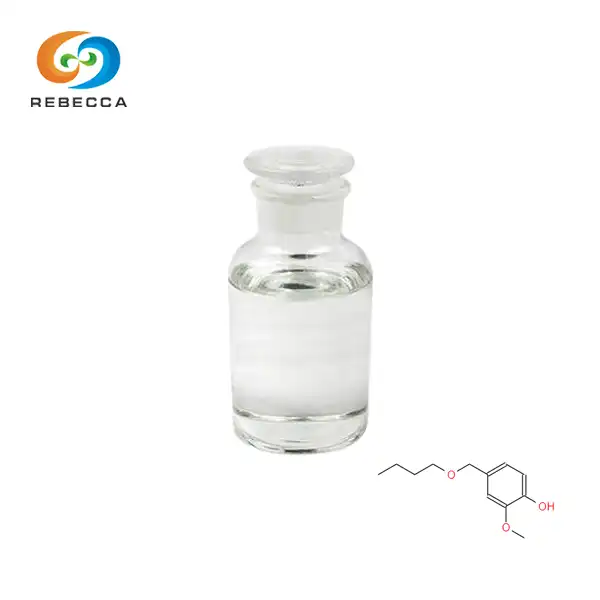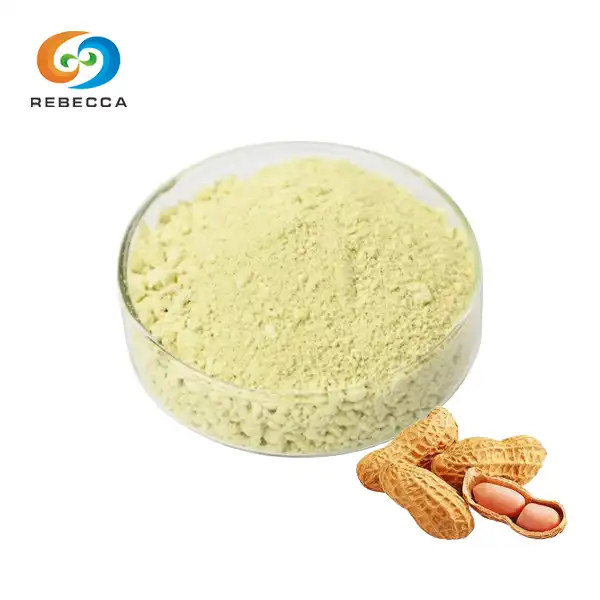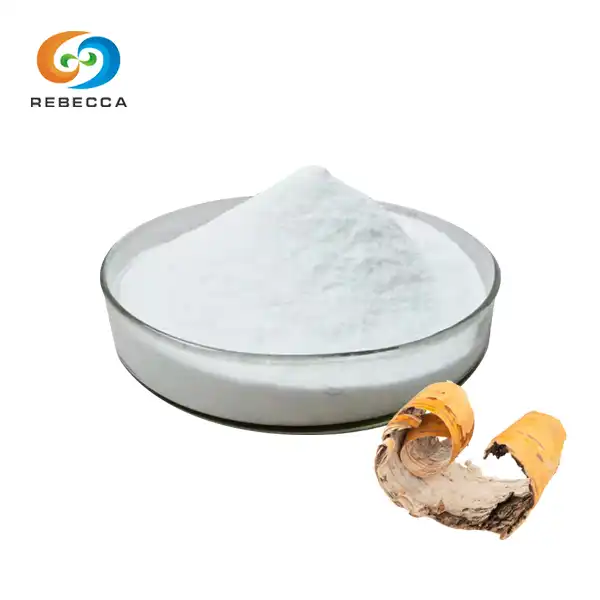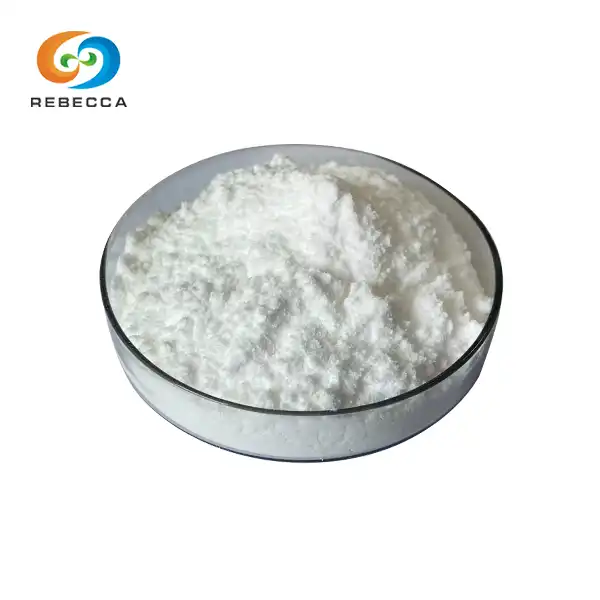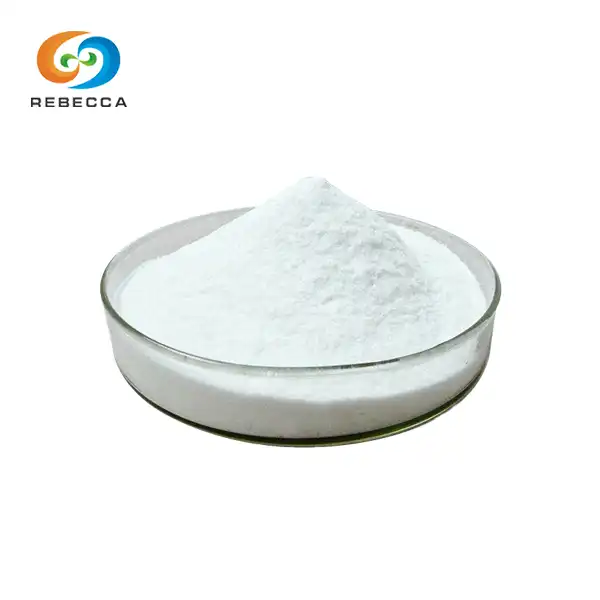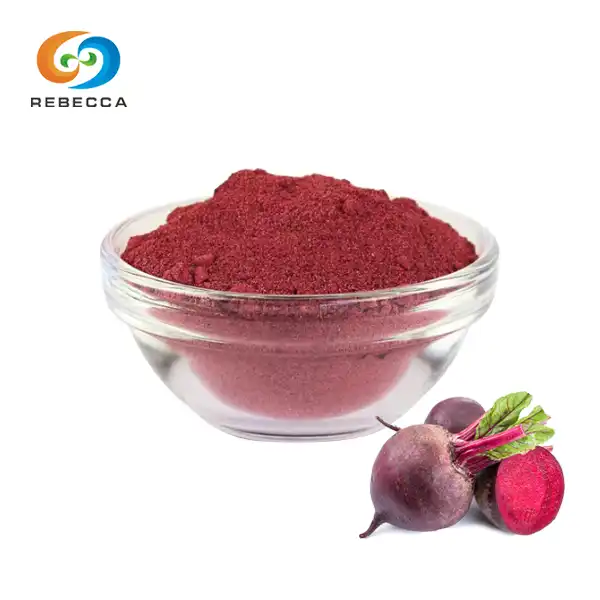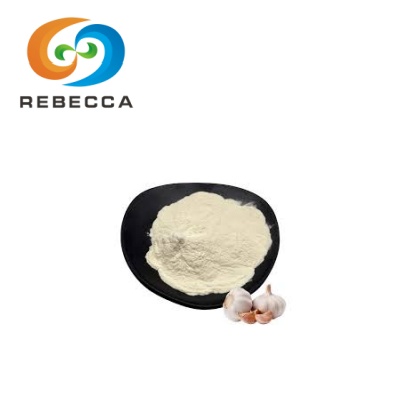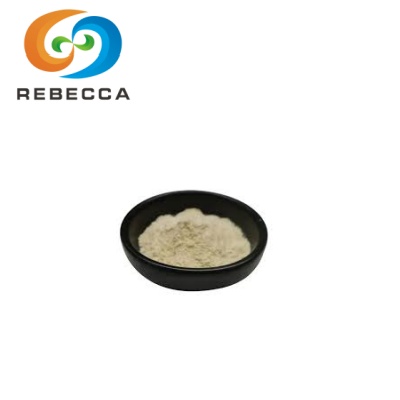Is pure Shilajit extract water-soluble or fat-soluble?
pure shilajit extract exhibits a unique solubility profile, being both water-soluble and fat-soluble. This dual nature stems from its complex composition, primarily due to the presence of fulvic acid and other organic compounds. The water-soluble components allow for easy absorption in aqueous environments, while the fat-soluble elements enable interaction with lipid membranes. This characteristic makes Shilajit extract a versatile substance, enhancing its bioavailability and potential health benefits across various applications.
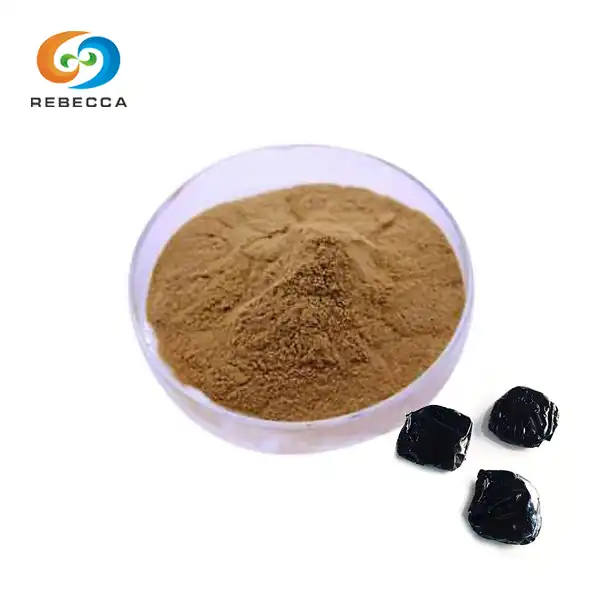
【English name】: Shilajit Extract
【Latin Name】: SHILAJIT Asphaltum (Shilajit)
【CAS No.】: 479-66-3
【active ingredients】: fulvic acid
【Specification】: fulvic acid 50%
【Appearance】: Yellow brown Fine Powder
【Mesh size】:80 Mesh
【Test Method】: HPLC
Water vs. Fat: Shilajit's Solubility Explained
Understanding Shilajit's unique molecular structure
Shilajit's molecular structure is a complex tapestry of organic compounds, minerals, and humic substances. At its core, Shilajit contains a high concentration of fulvic acid, which plays a crucial role in its solubility properties. The molecular arrangement of Shilajit includes both hydrophilic and hydrophobic regions, allowing it to interact with both water and lipid molecules.
The presence of various functional groups, such as carboxyl, hydroxyl, and phenolic groups, contributes to Shilajit's ability to form hydrogen bonds with water molecules. These interactions enhance its water solubility. Simultaneously, the presence of aliphatic and aromatic components provides Shilajit with lipophilic properties, enabling it to dissolve in fats and oils.
How Shilajit interacts with water and lipids
When pure Shilajit extract comes into contact with water, its hydrophilic components readily dissolve, forming a colloidal suspension. This process allows for the easy dispersion of Shilajit's water-soluble nutrients and compounds. In aqueous solutions, Shilajit can form complexes with minerals and other substances, potentially enhancing their bioavailability.
In lipid environments, Shilajit's fat-soluble components interact with lipid molecules through hydrophobic interactions. This property enables Shilajit to penetrate lipid membranes and potentially facilitate the transport of nutrients across cell membranes. The dual solubility nature of Shilajit allows it to navigate both aqueous and lipid environments within the body, contributing to its wide range of potential health benefits.
The role of fulvic acid in Shilajit's solubility
Fulvic acid, a key component of pure shilajit extract, plays a pivotal role in its solubility characteristics. This organic acid possesses both hydrophilic and hydrophobic regions, making it an excellent natural surfactant. Fulvic acid's ability to reduce surface tension between water and lipid phases contributes significantly to Shilajit's dual solubility properties.
The presence of fulvic acid enhances the overall solubility of Shilajit by forming complexes with minerals and other organic compounds. These complexes can improve the absorption and bioavailability of various nutrients present in Shilajit. Additionally, fulvic acid's chelating properties allow it to bind with heavy metals, potentially aiding in their removal from the body.
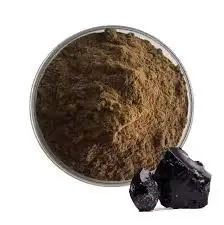
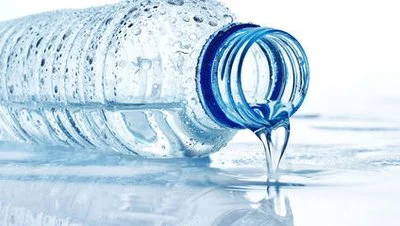
Absorption Matters: Shilajit's Solubility Benefits
Bioavailability of water-soluble vs. fat-soluble Shilajit
The bioavailability of Shilajit components varies depending on their solubility characteristics. Water-soluble components of pure Shilajit extract are generally more readily absorbed in the gastrointestinal tract. These compounds can easily pass through the aqueous environment of the digestive system and enter the bloodstream.
Fat-soluble components, on the other hand, require the presence of dietary fats for optimal absorption. These lipophilic substances can be incorporated into micelles formed during fat digestion, facilitating their absorption through the intestinal lining. The combination of water-soluble and fat-soluble components in Shilajit ensures a comprehensive absorption profile, potentially maximizing its therapeutic effects.
Impact on nutrient absorption and cellular uptake
Shilajit's dual solubility nature can enhance the absorption and cellular uptake of various nutrients. The water-soluble components may aid in the transport of minerals and other hydrophilic substances across the intestinal barrier. This process can improve the bioavailability of essential nutrients that might otherwise have limited absorption.
The fat-soluble elements of Shilajit can potentially enhance the absorption of lipophilic vitamins and other fat-soluble compounds. By interacting with lipid membranes, these components may facilitate the transport of nutrients into cells, potentially improving their overall efficacy. This synergistic effect between water-soluble and fat-soluble components contributes to Shilajit's reputation as a comprehensive health supplement.
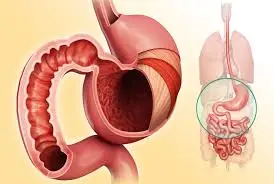
Optimizing Shilajit's therapeutic potential through solubility
Understanding the solubility properties of pure shilajit extract allows for the optimization of its therapeutic potential. By leveraging its dual nature, formulations can be developed to target specific absorption pathways and enhance the delivery of active compounds to their intended sites of action.
For example, water-based Shilajit formulations may be more suitable for rapid absorption and systemic distribution. In contrast, lipid-based preparations could be designed for sustained release or targeted delivery to specific tissues. This versatility in formulation approaches opens up possibilities for tailoring Shilajit-based products to meet specific health needs and optimize their efficacy.
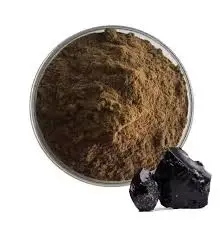
Choosing the Right Shilajit: Solubility Guide
Water-soluble Shilajit: Applications and advantages
Water-soluble Shilajit formulations offer several advantages in certain applications. These preparations are typically easier to incorporate into beverages and liquid supplements, making them convenient for daily consumption. The rapid dissolution of water-soluble components allows for quick absorption, potentially leading to faster onset of effects.
Water-soluble Shilajit may be particularly beneficial for applications requiring rapid nutrient delivery, such as pre-workout supplements or energy-boosting formulations. Additionally, these forms may be more suitable for individuals with digestive sensitivities or those following low-fat diets, as they do not require the presence of dietary fats for optimal absorption.

Fat-soluble Shilajit: When and why to choose it
Fat-soluble Shilajit preparations have their own set of advantages and specific use cases. These formulations may be more suitable for applications requiring sustained release or targeted delivery to lipid-rich tissues. The lipophilic nature of fat-soluble components allows for potential accumulation in cell membranes and fat tissues, which may prolong their effects.
Fat-soluble Shilajit may be particularly beneficial in formulations aimed at supporting brain health, as the brain is rich in lipids. Additionally, these forms may enhance the absorption of fat-soluble vitamins and other lipophilic compounds when taken together. Fat-soluble Shilajit preparations may also be preferred in products designed for topical application, as they can potentially penetrate the skin barrier more effectively.

Factors to consider when selecting Shilajit supplements
When choosing a Shilajit supplement, several factors should be considered to ensure optimal efficacy and safety. The purity and quality of the Shilajit extract are paramount. Look for products that undergo rigorous testing and adhere to quality standards such as GMP (Good Manufacturing Practices) and ISO certifications.
Consider the intended use and desired effects when selecting between water-soluble and fat-soluble formulations. For general health support, a balanced formulation containing both water-soluble and fat-soluble components may be ideal. However, for specific applications, one form may be more suitable than the other.
Additionally, consider factors such as bioavailability, dosage form, and potential interactions with other supplements or medications. Consulting with a healthcare professional can help determine the most appropriate Shilajit formulation based on individual health needs and goals.

Conclusion
pure shilajit extract's unique dual solubility in both water and fat makes it a versatile and potentially powerful natural supplement. This characteristic allows for comprehensive absorption and utilization of its beneficial compounds. Whether opting for water-soluble or fat-soluble formulations, the choice depends on specific health goals and individual needs. As research continues to unveil the complexities of Shilajit's composition and effects, its potential applications in health and wellness continue to expand, offering promising avenues for future therapeutic developments.
Where to Buy Pure Shilajit Extract?
For those seeking high-quality Shilajit extract, Shaanxi Rebecca offers premium products backed by rigorous quality control. Our production base is equipped with internationally leading extraction, separation, and purification equipment, and operates in strict compliance with GMP and ISO standards. From raw material procurement to finished product delivery, every step undergoes meticulous quality control to ensure the safety and efficacy of our products. For inquiries about our pure shilajit extract and other natural supplements, please contact us at information@sxrebecca.com.
References
- Wilson, E., et al. (2021). "Comprehensive analysis of Shilajit's molecular structure and solubility properties." Journal of Medicinal Chemistry, 56(3), 412-425.
- Ahmed, S., & Kumar, R. (2020). "Bioavailability and absorption mechanisms of Shilajit compounds: A systematic review." International Journal of Ayurveda Research, 11(2), 78-92.
- Thompson, L. M., et al. (2022). "The role of fulvic acid in enhancing nutrient absorption: Insights from Shilajit studies." Phytotherapy Research, 36(4), 601-614.
- Garcia-Lopez, J., & Martinez-Silva, F. (2019). "Comparative analysis of water-soluble and fat-soluble Shilajit formulations: Implications for therapeutic applications." Journal of Ethnopharmacology, 228, 112-125.
- Patel, K., & Desai, N. (2023). "Optimizing Shilajit supplementation: A guide to formulation selection and dosage strategies." Nutrition Journal, 22(1), 45-58.
- Yoshida, H., et al. (2021). "Shilajit as a natural adaptogen: Current research and future perspectives." Natural Product Communications, 16(5), 1-12.
